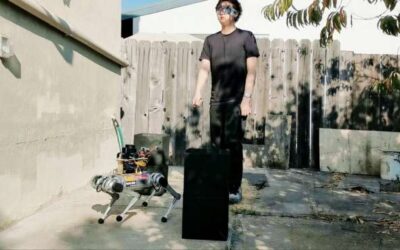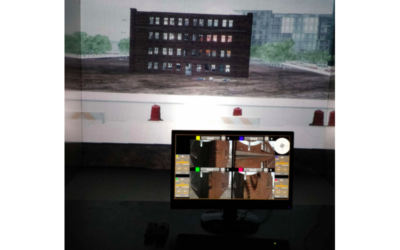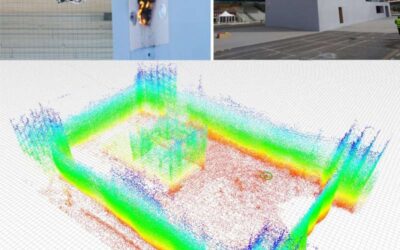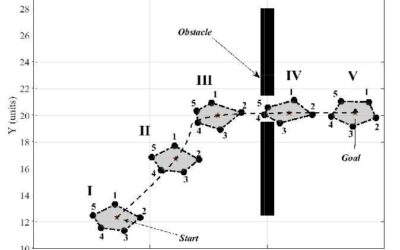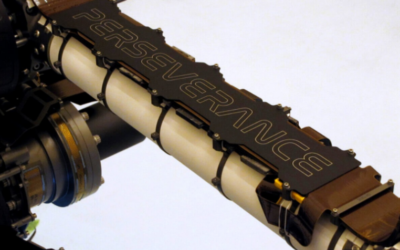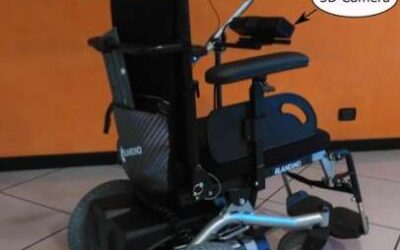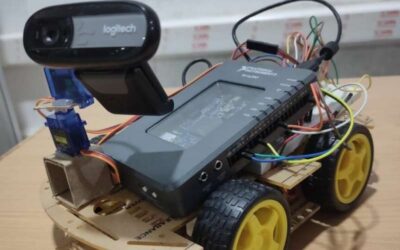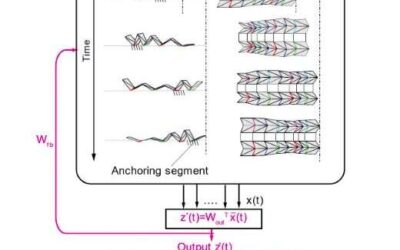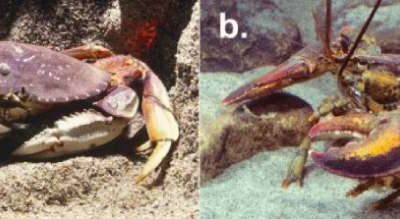Guide dogs, dogs that are trained to help humans move through their environments, have played a critical role in society for many decades. These highly trained animals, in fact, have proved to be valuable assistants for visually impaired individuals, allowing them to...
Robotics
An AR interface to assist human agents during critical missions
In recent years, computer scientists and roboticists have developed a variety of technological tools to aid human agents during critical missions, such as military operations or search and rescue efforts. Unmanned aerial vehicles (UAVs) have proved to be particularly...
DLL: A map-based localization framework for aerial robots
To enable the efficient operation of unmanned aerial vehicles (UAVs) in instances where a global localization system (GPS) or an external positioning device (e.g., a laser reflector) is unavailable, researchers must develop techniques that automatically estimate a...
A technique to plan paths for multiple robots in flexible formations
Multi-robot systems have recently been used to tackle a variety of real-world problems, for instance, helping human users to monitor environments and access secluded locations. In order to navigate unknown and dynamic environments most efficiently, these robotic...
Motiv Space Systems’ Vice President of Business Development Discusses Motiv’s Collaboration with NASA
Motiv Space Systems, a Pasadena-based company specialised in space robotics, is collaborating with NASA JLP on the development of the Cold Operable Lunar Deployable Arm (COLDArm), a sophisticated robotic arm that can efficiently operate on the Moon and in other...
RoboEYE: A semi-autonomous and gaze-guided wheelchair
Recent technological advancements have enabled the development of new tools to assist people with different types of disabilities, allowing them to move more freely in their surroundings and complete a number of everyday tasks. These include a broad range of smart...
A robot that allows users to virtually navigate remote environments
Two students who graduated from VR Siddartha Engineering College in Kanuru, India, have created a virtual telepresence robot that allows users to see what is happening in a remote location as if they were actually there. Their project, supervised by Professor V.N....
A new framework for robotics applications that merges reservoir computing with origami
Reservoir computing is a highly promising computational framework based on artificial recurrent neural networks (RNNs). Over the past few years, this framework was successfully applied to a variety of tasks, ranging from time-series predictions (i.e., stock market or...
HuggieBot 2.0: A soft and human-size robot that hugs users on request
Researchers at the Max Planck Institute for Intelligent Systems (MPI-IS) and ETH Zürich have recently created HuggieBot 2.0, a robot that can hug users at their request. This robot, set to be presented at the ACM/IEEE International Conference on Human-Robot...
A new bio-inspired joint model to design robotic exoskeletons
Recent advances in the field of robotics have enabled the fabrication of increasingly sophisticated robotic limbs and exoskeletons. Robotic exoskeletons are essentially wearable 'shells' made of different robotic parts. Exoskeletons can improve the strength,...

